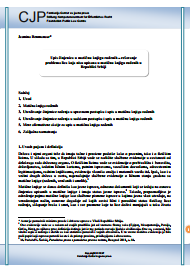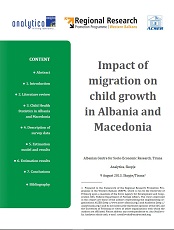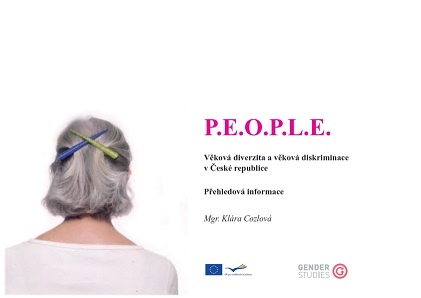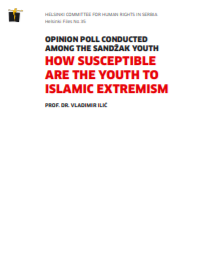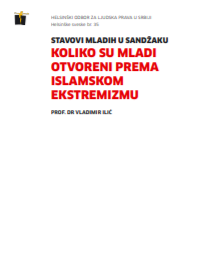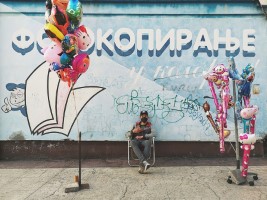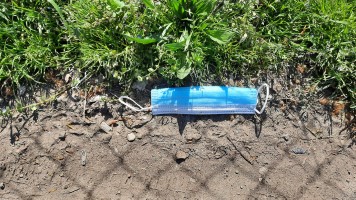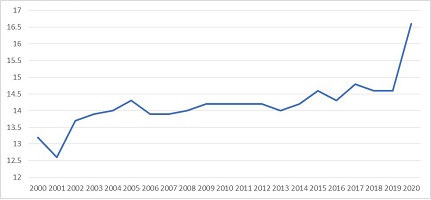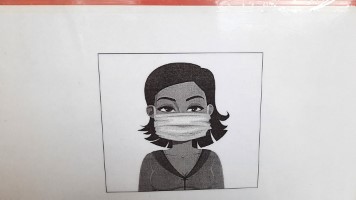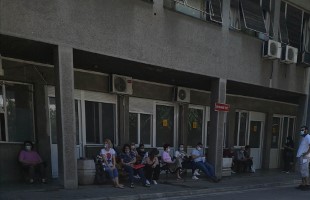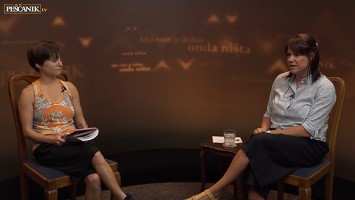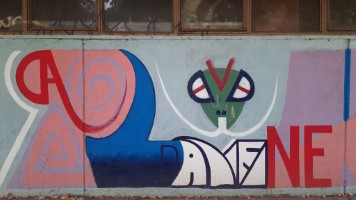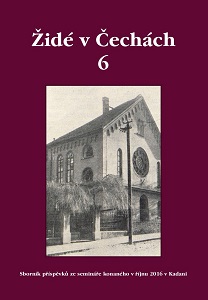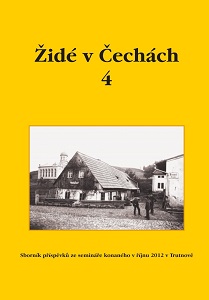Author(s): Vladimir Ilić,Izabela Kisić,Jovana Saračević,Stefan Stefanović,Srđan Barišić / Language(s): Serbian
(Serbian edition)
The crucial question here is: Are the Muslim youth in Sandžak imbued with religious extremism or not? Hardly any interethnic and inter-religious incident has been registered in this part of the Republic of Serbia. On the other hand, fighters from Sandžak are being involved in the Iraqi and Syrian wars. Depending on the answer to the question above, the authorities could take appropriate actions aiming at young people in Sandžak. Both domestic and international stakeholders – and there are many of them, including the non-governmental sector – could develop plans and take a variety of concrete steps depending on the answer to this very question. Fahrudin Kladničanin wrote about the influence of Wahhabi Islamic extremism on the youth in Sandžak: “Wahhabis are usually focused on recruiting young people 19 – 27 years old with little education, who are poor and often come from dysfunctional families. The youth are being indoctrinated in private places of worship (masjids), which are either rented or owned by Wahhabis, and in certain religious objects (mosques) whose imams support Wahhabi teaching, and prayers in these mosques are always led by Wahhabis. (Kladničanin, 2013: 130) Marija Radoman analyzed the reasons driving young people in Serbia towards extremist ideologies. Two citations from an earlier research of the Helsinki Committee for Human Rights in Serbia will thus be mentioned: „Regarding the period after 2000, surveys show that the family remains the mainstay of its young members, that young people’s life patterns lack individualization, and that they normatively accept the traditional sequence of events in a person’s life (i.e. completion of education, getting a job, entry into marriage and only then having children). What intrigues me is the sphere of influence between the respondents to this survey and their families. I tried all the time to keep a picture in my head of the families in which they grew up. I wanted to find out whether the respondents’ attitudes would reflect that background, which is hardly bright and optimistic, or whether the differences would be more than conspicuous.” (Radoman, 2011: 12). Family is the primary mechanism by which extremism is interiorized. However, it is not a cause, given that the changes stemming from structural circumstances also occurred within the family. Radoman wrote that “Today’s efforts to establish a stable democratic society in Serbia are being sabotaged, conditionally speaking, by the second generation of the nationalist current (i.e. by the circles close to the Serbian Orthodox Church, the remaining appointees of political parties who served the Milošević regime and members of Russophile conservative options, notably the Democratic Party of Serbia and New Serbia, but also the Serbian Progressive Party), as well as by the extreme right-wing reactionary Russophiles, i.e. the Serbian Radical Party. The efforts to establish a democracy are also hindered by the economic crisis.” (Ibid: 10) The analysis is based on the survey the Helsinki Committee conducted with the youth in Sandžak in May 2016. The focus was on their attitude towards religious extremism, whereas the goal to contextualize the findings: to see how to recognize and understand Islamic extremism and what could be done – preventively and concretely – considering the factors that have influenced the Sandžak youth. No doubt, interviewees’ attitudes towards extremism – or their everyday experience – differ from theoretical considerations of the phenomenon. The very notion of extremism is indisputable. In 2013 I wrote that mainstream social forces of individual societies were arbitrarily determining the notion of extremism. Official codification of political extremism and radicalism make it possible for governments and other political factors to place all those opposing the values such as equality, freedom, democracy, rule of law, etc. under control or control those advocating these values in the manner that contradicts a government’s interests. On the other hand, radicalism (or extremism) gauged by “political correctness” is being determined, as a rule, by the manner or scope in which a certain value is considered either unquestionable or unacceptable. And in all this, decision makers and the majority of population need not see eye to eye. For instance, according to many opinion polls, the majority of Serbia’s population discriminates sexual minorities, national minorities, some religious minorities and, especially fenced off communities such as Roma. By the standards of political correctness decision-makers term such stands – notwithstanding its predominance – extremist and “expel” them from media space. Extremism is deep-rooted in social structures. “The emergence of extreme right-wing and rightist ideology in Serbia derive from structural changes following on the disintegration of the socialist state. The 1990s wars, inspired by the idea of recomposition of the Balkans – or the Greater Serbia idea – are only one of many ideological bases on which the right-wing thought still lives; and its basic characteristics are: ethnic homogenization, wish to have ethnic and state borders ‘merged,’ anticommunism and denial of antifascism, the growingly stronger traditionalism and authoritarianism, the Eastern Orthodoxy seen as superior to other religions and ethnic groups (especially Croats, Muslims and Albanians), resistance to multiculturalism and cosmopolitanism, and intolerance of ‘new’ (LGBT population) and traditional minorities (Roma),” writes Sonja Biserko in 2014. To what extent is Islamic, religious extremism spread in Sandžak? In June 2015 in Novi Pazar Snežana Ilić quoted the ICG report “Serb Sandžak still Forgotten” saying that there were some 300 Wahhabis in Sandžak who were not exactly organized, that only some 50 of them were active, but the movement was spreading anyway. According to the said report, Wahhabism emerged in Sandžak in 1997, triggered off by an imam wanting his believers in a mosque to pray in a different way. The believers had opposed the imam and sent him away. However, over the past couple of years Wahhabis have better organized themselves in Sandžak, while getting more and more funds from abroad for their movement. Many of them were going to work in Vienna; apparently to be recruited in a way, since they dressed and behaved like true Wahhabis once back home. Snežana Ilić believes that the highest authorities of the Islamic Community in Serbia have been using Wahhabis in several ways. For instance, they have been presenting themselves internationally as someone capable of controlling Bosniaks’ religious radicalism by the principle of Islamic legitimacy. The message they have been putting across to Western diplomats and governments runs, “Give us a free hand, we must advocate Islamization of the society as that is the only way of keeping religious radicals under control.”
More...
